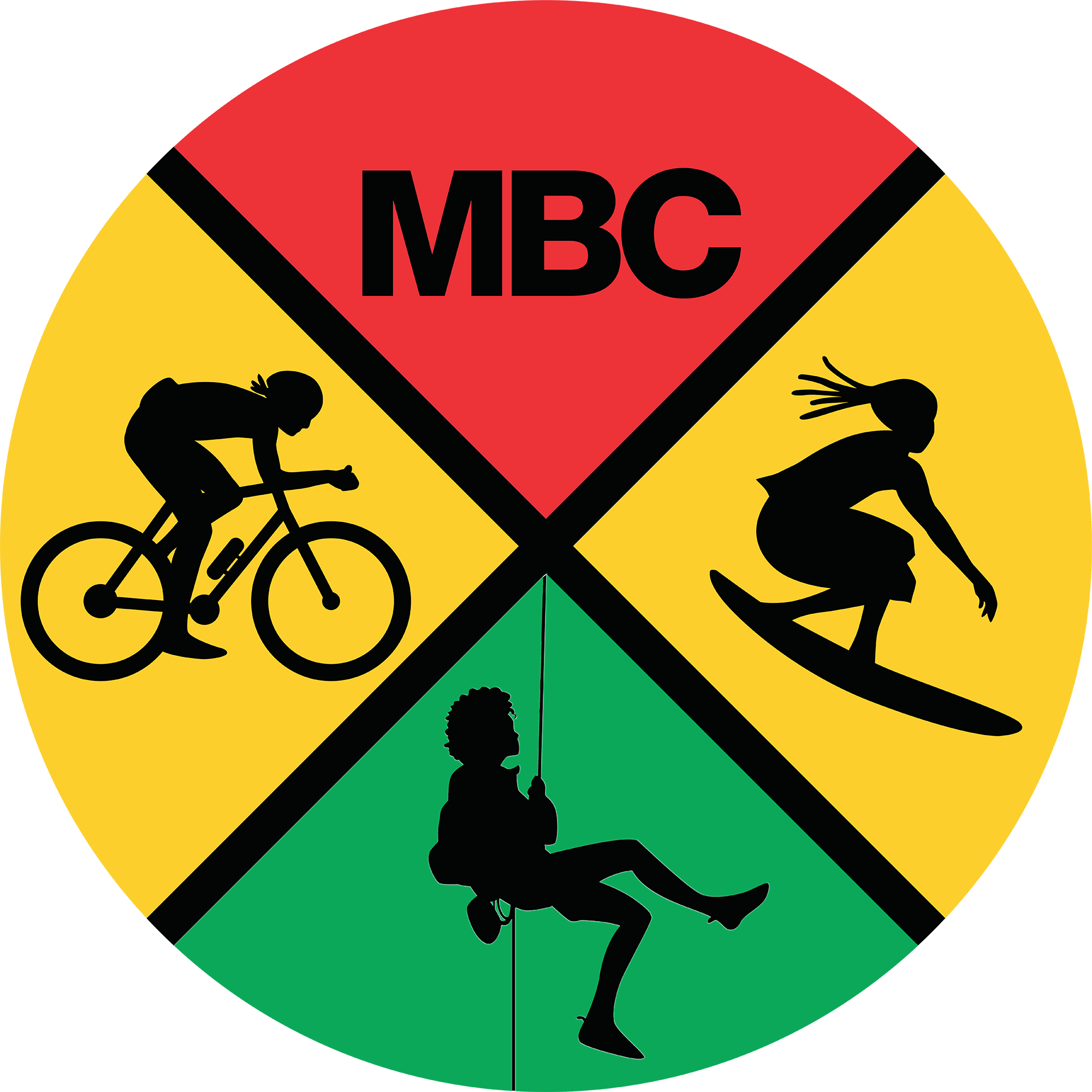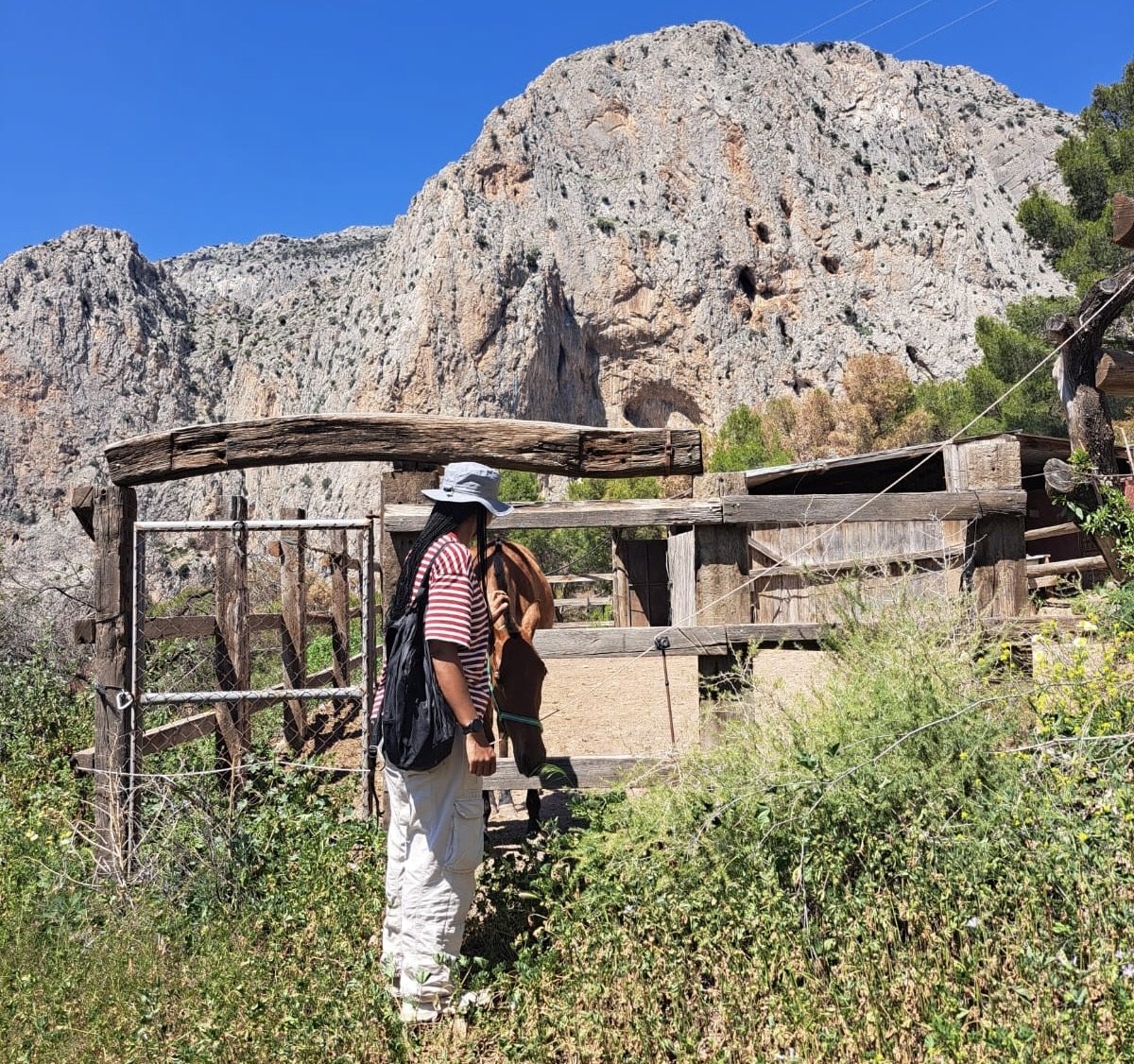I Said I Wasn't Outdoorsy...But I Lied
I was attending a conference in Jackson, Wyoming when someone very boldly asked me “What is your story? What got you outdoors?” Having been asked that question before, I automatically launched into the short synopsis of my brief outdoor career. “After growing up in Florida, I made my first hike at 24 years old while visiting Arches National Park, UT—and it changed my life.” I continued on with this neatly packaged story of how I fell in love with the Outdoors in my mid twenties and isn’t that great? For so long I absolutely believed this narrative to be true, but looking back I now realize that...I lied.
Most of my favorite childhood memories took place outdoors: at the beach with friends, running in my local park, or playing soccer with my classmates. Every summer we went to cookouts at local parks, the beach or at the pool. Florida is the sunshine state and we loved to be in the sun. I have always been outdoorsy, so why the disconnect?
My parents enjoying a refreshing dip in the river long before I was even an idea in their mind.
The way outdoor media portrays outdoor recreation is 1) with predominantly white folks 2) doing activities that many communities of color do not have access to. Outdoor magazines, commercials, advertisements, and videos have long led people to believe that outdoor recreation is limited to high dollar activities such as mountaineering, snowboarding, rock climbing, mountain biking, and backpacking in remote locations far removed from everyday life and everyday budgets for most working families. The reality is they also lied.
Today I’m prepared to tell the truth about how I was raised in the outdoors and have never been far from it since.
I grew up in a working class community with my mom, sisters, nieces and nephews. My mom didn’t have a lot of disposable income for vacations. Fortunately we were blessed to live in south Florida. I loved the outdoors. I spent a lot of time outside at a beach with a whimsical name, Lauderdale by the Sea, and at my local neighborhood park, West Wind Park.
Lauderdale by the Sea, is a small local seashore where residents can escape the hustle and bustle of nearby Fort Lauderdale beach. There is a fishing pier, great waves and a small coral reef—enough to attract scores of swimmers, surfers, fisherman, and divers. The beach is frequented by local families, who come with their children to experience the water, salt, wind and waves. I spent a lot of time there sitting on my towel as I watched the waves crash against the shore. I would alternate swimming and attempting to stand up on my skim board—a gift from my mom that she purchased from a garage sale in a rich neighborhood. It was a space where I could go to celebrate and be happy. It was also a refuge for those times that I felt depressed, overwhelmed or stressed at home. Sometimes I would go there at night, to watch the moon as it floated in the dark sky, and search the sand with the faint hope that I might encounter a sea turtle laying her eggs. I never did though.
Photo of the author holding a skim board at Lauderdale by the Sea while a scuba diver comes out of the waves. Ancestral land of the Seminole tribe.
Even to this day, Lauderdale by the Sea is a place that means everything to me. However, it’s a place that I omit whenever I am asked what got me into the Outdoors. It’s not backcountry enough—after all, it’s right by the highway. It’s not mountainous enough—there are no summits, no red rocks, no rugged canyons. It’s not the answer people want to hear; I instinctively know this without being told. After all, Lauderdale by the Sea is Brown and Black and working class. It doesn’t come close to resembling the pristine wilderness and mostly white adventurers who dominate the Outdoors that is constantly branded and marketed by retailers.
Another place I never considered to be part of the Outdoors was West Wind Park located smack dab in the center of working class Lauderhill, Florida. Masterfully designed, it crammed a baseball field, soccer area, racquetball, tennis and basketball courts, as well as a jungle gym, and a 1/2 mile jogging trail into a compact 10 acre space.
My late brother-in- law, Raymond Garner, my nephews Raylen and Jayden, as well as myself getting ready to river tube in Ginnie Springs, Florida. Timucua Seminole Territory.
As a child, West Wind Park was always filled with people. Every day from 5-7 p.m. the basketball courts were packed with pick up games for local kids and adults. Tuesdays and Thursdays were fútbol nights; the park served as a safe place for primarily Afro-Caribbean and Latinx players and their families. The park was a home to countless birthday parties, celebrations and cookouts for people in the community. For me it was a place where I could do what I loved, which was running. That ½ mile fitness trail was a safe place for everyone in this predominantly Black and Latinx neighborhood to go for a walk, ride a bike or run. West Wind Park, although small, was our outdoors.
I now understand that I grew up in the outdoors, just not the right outdoors—not “The Great Outdoors” shown in the magazines. So when people, mostly White people, ask for my story or demand to know how I was introduced to the Outdoors I intuitively know which one they are referring to—and it’s not West Wind Park or Lauderdale by the Sea. Because of this, I came to believe that the outdoor spaces in my community were inadequate, that I was inadequate.
My community has always had a deep connection to nature, even if we don’t resemble a outdoor brand catalog. Despite systems of oppression designed to disenfranchise communities of color from nature, we took responsibility for what small land we had access to and we made it our own. We may not be the poster children for the national park service, but we love to experience the outdoors as a family. In my hometown, you will see mothers, fathers, abuelitas, aunts, uncles, and children all enjoying these local parks together. Just because we don’t kayak, whitewater raft or paddle board, doesn’t mean we don’t enjoy spending time at our local pool, fishing pier or neighborhood beach. It doesn’t mean we aren’t outdoorsy enough. It just means we aren’t outdoorsy in a way that outdoor companies can capitalize off of. Perhaps outdoor media and outdoor retailers should stop selling a one size fits all narrative—cue the beautiful white folks doing epic white things. And if they are going to feature People of Color, it shouldn’t be done in an exploitative way but as a means of uplifting communities of color.
My cousin Melanie experiencing the ocean for the first time. Photo credit: Nadia Mercado.
Let’s go back to October 2018, Jackson Hole, Wyoming. During the conference, I was often approached with the same question. How do we get communities of color outside? There was a time when I would’ve fallen for that. Now I know better: it’s a trap.
Instead, try asking yourself what causes you to devalue or overlook the outdoor activities of Black, Brown and marginalized communities while placing white middle class outdoor experiences on a pedestal? What role does consumerism play in how we value and devalue outdoor activities. What do you actually mean when you use the term outdoor recreation and who are you excluding?
Maybe then you’ll understand that we have always been outside. Maybe then I wouldn’t have to discount my own lived experiences and fabricate an origin story to explain how I, a brown skinned Afro Latinx woman, ended up in (your) Outdoors. Maybe then you won’t ask.
My mom and I at South Beach, Miami Florida, ancestral land of the Tekesta people.
This all reminds me of a memory I have from when I was a teenager.
It was 6pm and the south Florida humidity was so thick you could slice it and fry it up like plátanos. It had rained the night before and it was still sweltering hot. I was sweating buckets as I made my daily 3.1 mile run around the fitness trail at West Wind Park. I had huffed and puffed around that trail so many times I could run it with my eyes closed. I knew every twist and turn, every tree root, every pothole and every crack in the asphalt. I was on my final lap, lengthening my stride and completely in my zone, when I glimpsed a smallish woman in a bright pink shirt briskly walking the trail in my direction. As that little figure got closer I noticed that the woman had a smile on her face. It isn’t until we were about 10 yards away that I realized that the woman was no stranger at all. It was my mom!
My mom was walking through the park with a huge smile on her face, listening to loud reggaeton and merengue blasting through a brand new set of headphones, gifted by a friend. She told me I couldn’t be out there interrupting her workout. I was impressed! So I went ahead and finished my lap but instead of going home, I walked alongside my mom as she finished her workout—both of us sonriendo de oreja a oreja. I couldn’t have been happier than I felt walking next to my mom.
This is how I experienced nature; it may not seem good enough in the eyes of the outdoor industry but it’s good enough for my community. I was always outdoorsy, I dare you to say otherwise.
Tips for Allies
Instead of asking “what got you into the Outdoors?” or “when did you start hiking?” try asking “what sort of outdoor activities did you enjoy growing up?”
Tips for Allies
Instead of asking “how can we get People of Color outside?” try asking “what can we do to make our organization more accessible to People of Color?”


















We kicked off from the South Kaibab Trailhead at 4:30 AM, in the dark, our headlamps lighting the way. The morning was cool—perfect hiking weather—and the sky was just starting to hint at the sunrise. The trail drops fast, and within minutes we weaved our way down steep switchbacks, passing early-bird day hikers and the occasional runner already charging uphill.